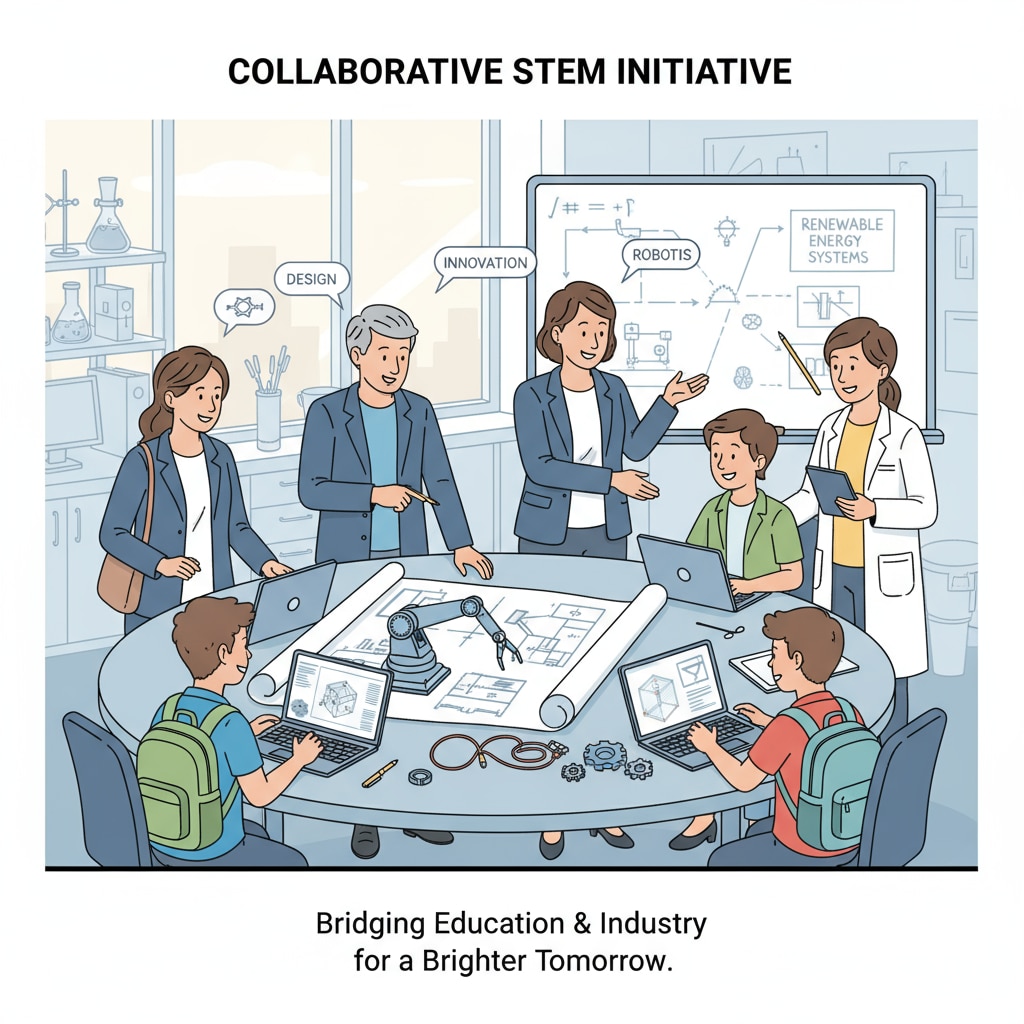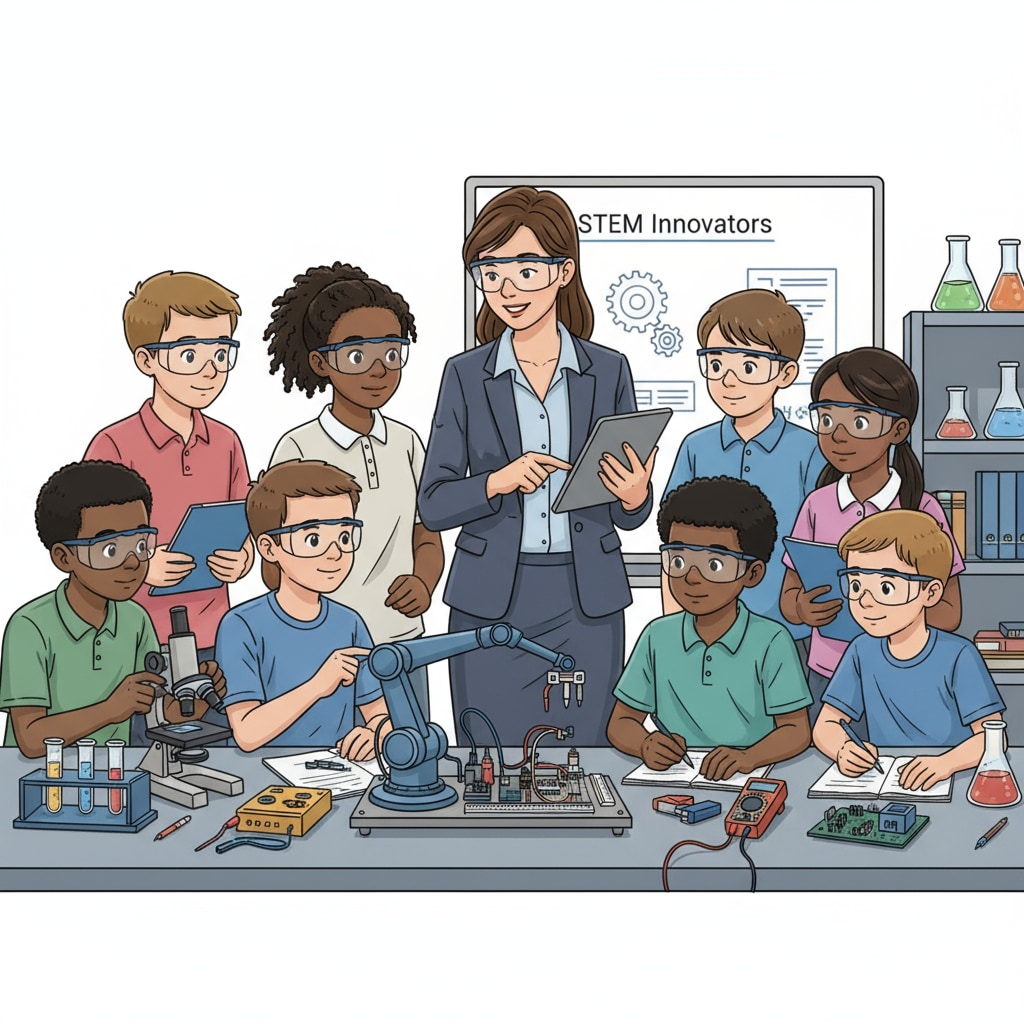STEM education, partnerships, and curriculum development play a crucial role in shaping the future of K12 students. In today’s rapidly evolving world, the need for a skilled workforce in science, technology, engineering, and mathematics (STEM) fields is on the rise. To meet this demand, schools, businesses, and social organizations are coming together to form partnerships that enhance the quality of STEM education.

The Importance of Partnerships in STEM Education
Partnerships in STEM education bring together diverse expertise and resources. Schools provide the educational infrastructure and the student body, while businesses offer real-world insights, industry connections, and access to cutting-edge technologies. Social organizations can contribute by providing funding, mentorship programs, and community outreach. For example, a technology company partnering with a school can offer internships to students, giving them hands-on experience in the field. This collaboration not only enriches the students’ learning experience but also prepares them for future careers.

Building Effective Partnerships
Establishing effective partnerships requires clear communication, shared goals, and mutual respect. All parties involved need to understand each other’s needs and expectations. For instance, schools may want to improve students’ STEM skills and prepare them for college and careers. Businesses, on the other hand, may aim to identify and develop future talent. By aligning these goals, partnerships can be more successful. Additionally, regular meetings and feedback sessions are essential to ensure that the partnership is on track and any issues are addressed promptly.
Curriculum Development through Partnerships
Partnerships can greatly influence curriculum development in STEM education. Businesses can provide input on the skills and knowledge that are in demand in the industry. This input can be used to update and enhance the curriculum to make it more relevant and practical. Social organizations can also contribute by providing resources for hands-on learning experiences, such as science kits or robotics equipment. For example, a partnership between a school and a non-profit organization may result in the development of a new STEM curriculum module that focuses on environmental sustainability.
In conclusion, STEM education, partnerships, and curriculum development are intertwined elements that can create a powerful learning ecosystem for K12 students. By working together, schools, businesses, and social organizations can provide students with the tools and experiences they need to succeed in the STEM fields. As we look to the future, it is essential to continue fostering these partnerships to ensure that students are well-prepared for the challenges and opportunities that lie ahead. STEM education on Wikipedia STEM education on Britannica
Readability guidance: This article uses short paragraphs and lists to summarize key points. Each H2 section provides a clear focus on different aspects of STEM education partnerships. The use of passive语态 is minimized, and transition words like ‘for example’, ‘additionally’, and ‘in conclusion’ are used to enhance the flow of the article.


